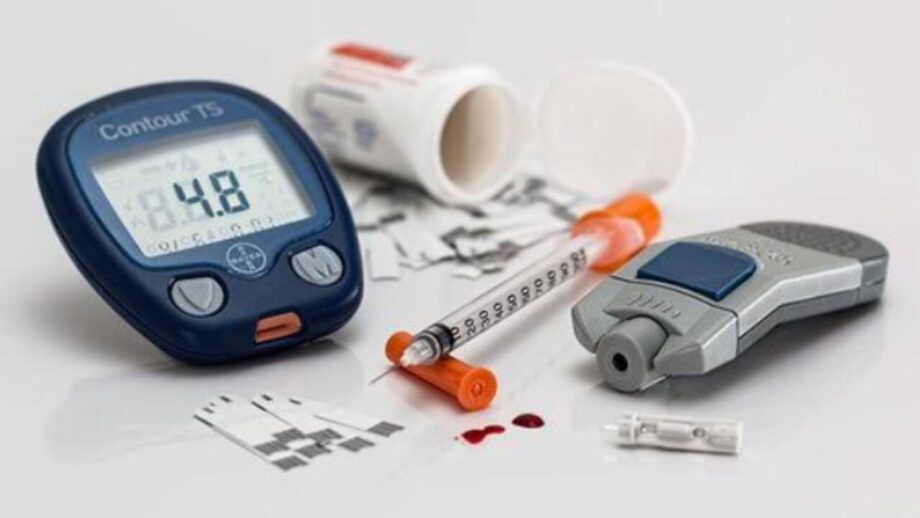For the past 50 years, sugar testing machines have existed. The benefits of this machine for those with diabetes are certainly worth celebrating at this point. In 2019, an estimated 463 million adults were living with diabetes worldwide. Furthermore, this number is projected to reach 700 million by 2045. Thus, the necessity and significance of the sugar testing machine will only grow.
Consumer expectations will rise as demand increases. Consumers will want their sugar testing devices and glucometers to operate seamlessly as digital technology has now permeated practically every aspect of daily life. Take a look at how this tool, which has benefited many, has changed through time.
The Inception of Sugar Testing Machines
Urine sugar screening tests were the initial method of blood glucose monitoring. This approach, which relied on eye measurements, provided erroneous results. Using test strips to assess glucose in a blood sample was not commonplace until the 1970s. Then, patients started receiving the same technology outside of the hospital setting. The most advanced glucose metres available today, known as sensor-based metres, offer a digital reading and can send data to a linked device like a smartphone.
Evolution of Glucometers with Technology
As technology advances, so are the sugar testing machines. They have grown from:
- Manual to automatic
- Intermittent to continuous
- Simple to more comprehensive and advanced
- Inaccurate to accurate
In the beginning, a sugar testing machine was not that easily accessible; also, it lacked reliability and precision. Certainly, as the research and development related to sugar monitoring advanced with time, many options are easily available for sugar monitoring devices.
To match the rising customer expectations and the need for better glucose monitoring, manufacturers also made slow but steady investments in technology development. Designing hardware and software became increasingly important as there was a growing need for connected devices that were less intrusive and more precise.
Upgrades to Blood Glucose Testing Device
Another breakthrough in treating diabetes and controlling blood sugar levels is the advent of real-time continuous glucose monitoring, which continuously checks glucose levels. These devices monitor glucose 24 hours a day through a sensor placed under the skin and send information back to a receiver or connected device. Patients use these gadgets to check their blood sugar to receive real-time data proactively.
A better understanding of the direction, amount, duration, frequency, and potential causes of glucose changes in response to exercise, hypoglycemic episodes, insulin injections and meals throughout the day is provided by continuous glucose monitoring systems (CGMS) that is used during the diabetes reversal program. Results are delivered every 10 minutes for up to 72 hours, as opposed to standard blood glucose measures that are carried out four to six times daily. Users still need a blood glucose meter, though, since the device needs to be calibrated using standard finger prick samples many times per day. A little catheter holding the sensor is placed subcutaneously to operate the CGMS systems. The monitor receives the measurements from the sensor of the glucose content in the interstitial fluid and displays them immediately or stores them for later use.
Glucowatch Biographer was another sugar-testing device that people wore as a “wristwatch.” It was launched in the early 2000s. However, it quickly disappeared from the market due to its unreliability. This device monitored blood glucose using a different technique. It used an electrode/GO/biosensor for reverse iontophoresis that caused the discharge of subcutaneous fluid. The technique is made possible by automatic, regular monitoring with alarms for predetermined low and high results. The results were clinically accurate in both the clinic and the home scenario compared to two other blood glucose metres.
Mobile and Portable Continuous Glucose Monitoring
The mobile phone market has influenced the design and displays of the sugar testing machine.
So, practically it was tried and tested to let the consumers have everything on their phones, including bill payment, diet and exercise tracking. They wanted easy-to-use apps for managing their diabetes.
The years of experience in connectivity solutions have allowed manufacturers to assist customers in connecting blood glucose metres to mobile phones. Now the devices and sugar testing machines have touchscreen displays. It enhances the UI and reduces power consumption.
New Advancements and Features for Better Blood Sugar Level Monitoring
Today’s sugar testing equipment has undergone constant innovation based on important inputs like:
- A sugar testing machine is operable with either hand for maxim utility.
- Design features that express how to hold the device and where to place the test strip straightforwardly and understandably.
- The device has intuitive button labels so that users can use it immediately without any training and do so efficiently.
- Notwithstanding a visual hindrance, the necessity to quickly understand a clear blood sugar level reading figure.
- Fast assessment of how a fresh reading compares to the prior reading and whether normal range for random blood sugar rises or declines.
- Clear visible low battery indicators and features make changing batteries for users simple when necessary.
The Future Has More User-friendly Sugar-Testing Machines
Significant development has been made over the last four to five decades. Although there are still a few minor variances, the modern blood glucose meter size and structure have become standardised and helped develop a diabetes reversal program. These are portable, battery-operated devices that are simple to use and have cutting-edge microelectronics and software to carry out various useful tasks. Lancets are being made to be less unpleasant and have safer disposal options.
Undeniably, people with diabetes couldn’t monitor their blood glucose levels at home, let alone follow a proper diabetes reversal program. Glucometers and simple sugar testing devices, on the other hand, became very popular in the late 1990s. These sugar-testing devices have improved steadily over the last few years, and their accuracy has significantly increased. However, the advancement in diabetology management is moving towards advanced autonomous devices, which will eventually enable a considerable improvement in blood glucose monitoring and sugar testing equipment.

